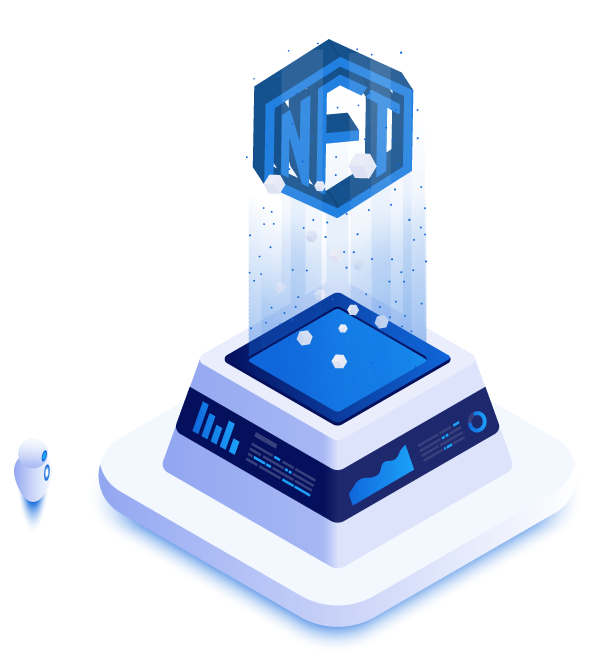NFTs will become huge in gaming—a sizable play-to-earn (P2E) market will materialize, and NFTs will contribute to existing games. Here are three main reasons:
- NFTs are already proven in a niche market
- NFTs will amplify established mechanics in existing games
- NFTs will create cross-game liquidity
The success of Axie Infinity is a peak into the potential of the P2E market. The game had 100k DAUs in the U.S. and 1.85M DAUs worldwide in September (a 47x increase since April), and is projected to earn $2.7 billion this year. If Axie Infinity is one of the first games to utilize NFTs and is seeing this kind of success, how successful could subsequent games be? You could argue that these results are due to the first-mover advantage, but research suggests that it’s actually better to be second—just look at Nintendo after Atari, Facebook after MySpace, and the iPhone after the Blackberry. Because of this, I believe an even bigger P2E game is coming.
NFTs will not only create a new P2E market—they’ll impact the rest of gaming by boosting existing in-game mechanics. With NFTs, players will be able to buy and sell items to other players within the same app. Given the current size of the custom design, cosmetic, and collectibles market across all games and platforms, an enhancement to these mechanics will result in a revenue lift across almost all top grossing games.
Furthermore, NFTs can move between different games and across different platforms. If I buy a one-of-a-kind character in League of Legends, for example, and want to use that character in PUBG, NFTs make this possible. Cross-gaming collaboration is already happening: just look at Riot’s deal with PUBG, in which PUBG has agreed to release a bunch of characters, skins, and themes based on the League of Legends Universe.
Strategically, you can see large changes happening in gaming right now, from NFTs and the metaverse to platform battles and VR. Due to the gaming market’s characteristics—lots of competition, quick iteration, large upsides, and low risk—if and when these changes hit, they’ll happen very early in gaming. As a leader, the best thing to do is to find these opportunities early. The second best thing is to make your organization agile—or, ready to make quick changes. To do that, I highly recommend the book, “Certain to Win” that discusses how to apply the military strategy of OODA loops to business.

